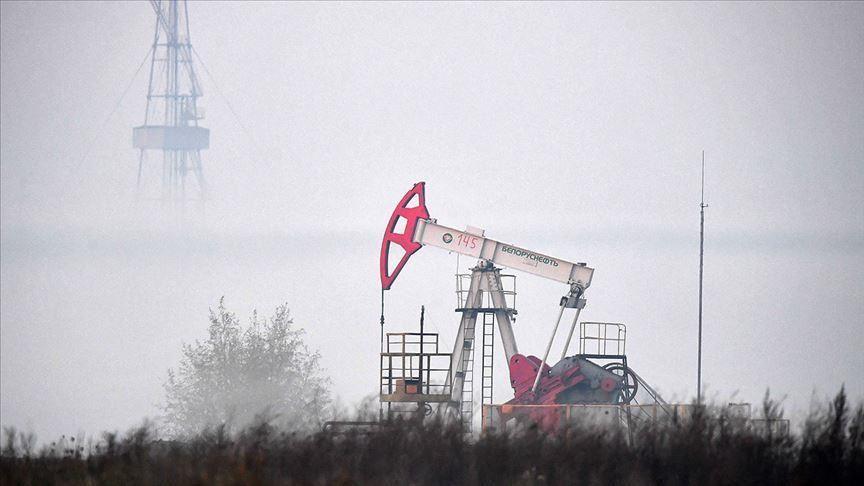The International Energy Agency (IEA) revised up its global oil demand estimates for 2022 by around 900,000 barrels per day (bpd) compared to last month's assessment.
Global oil demand is estimated to reach 100.6 million bpd, increasing by 3.2 million bpd in 2022 year on year, according to the IEA's latest oil market report on Friday.
'The milder-than-expected negative impact of the Omicron variant on demand has been largely offset by additional consumption stemming from a cold snap in the US and a continued switch to oil from gas in some industrial sectors,' the agency explained.
It noted that the absolute level of demand increased significantly from last month’s report, due to changes to the IEA's baseline estimates for Saudi Arabia and China, which have been revised higher on new and more complete data.
World oil demand in 2019 is now estimated at 100.3 million bpd, an upward revision of 770,000 bpd relative to the IEA's previous data.
The agency projects that the fast spread of the omicron variant and accelerated vaccination programs are expected to increase population immunity by the end of the first quarter, while restrictions to mobility are anticipated to be more limited in the second half of the year, supporting a strong recovery in transportation demand.
The growth this year will be driven by the Asia Pacific region with 37.5 million bpd of demand, followed by the Americas with 31.03 million bpd and Europe with 14.4 million bpd.
-Global supply rises in January
The IEA said global oil supply increased by 560,000 bpd in January to 98.7 million bpd, “with non-OPEC+ producers delivering 70% of the increase while the OPEC+ alliance continued to pump far below target levels.”
The Agency stressed that the group’s persistent supply shortfall, largely due to technical issues and other capacity constraints, has resulted in a loss to the market of around 800,000 bpd since the start of 2021.
The prevailing lower output levels versus stated monthly increases by the bloc have led to unintended consequences, with sharp draws in global inventories and supply shortfalls compounding tight oil markets, the Agency said.
The report noted that in January non-OPEC+ oil supply rose by 410,000 bpd, led by higher output from Canada, Ecuador, Brazil and China. Total oil production from OPEC+ rose by a more modest 150,000 bpd after a recovery in Nigeria while higher Middle East and Russian flows were partly offset by lower output in Venezuela and Libya.
By the end of this year, the amount of oil lost could approach 1 billion barrels unless members with substantial spare capacity, concentrated in the Middle East, pump more to make up for those who cannot, the Agency warned, adding that 'there is no sign of that happening yet.'
-Iran production to ramp up if sanctions are lifted
As for Iran, which is in talks to revive the Joint Comprehensive Plan of Action (JCPOA) nuclear deal, crude production could rise towards a sustainable capacity of 3.8 million bpd, up roughly 1.3 million bpd from current levels by the end of this year, according to the IEA.
Iran also has about 80 million barrels of crude oil and condensate stored on tankers, the Agency said, adding that it will move to clear that overhang as quickly as possible.
In addition to Chinese exports, the IEA also expects Iran to re-establish supply contracts with key customers in India, Korea, Japan, Turkiye and Europe.
By Ebru Sengul Cevrioglu
Anadolu Agency
energy@aa.com.tr


